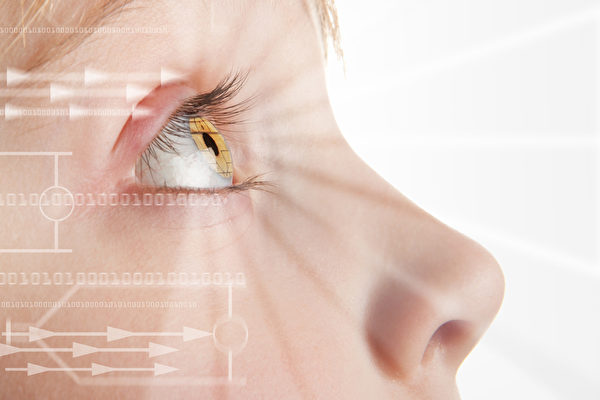In the American spy action film series “Mission Impossible,” a special agent wearing a pair of invisible glasses capable of facial recognition and eyeball tracking sparked inspiration in scientist Lee Seok Woo.
According to CNBC, this led to his latest invention – the smart invisible glasses with ultra-thin batteries.
Lee Seok Woo, an associate professor at Nanyang Technological University’s School of Electrical and Electronic Engineering, leveraged his expertise in battery components to delve into wearable technology and applications. He realized that smart invisible glasses require secure and compact batteries, crucial for advancing the development of such devices.
“Our battery is approximately 0.2 millimeters thick, about twice the thickness of a human hair,” Lee Seok Woo said. “The invisible glasses themselves are very thin, only 0.5 millimeters, so the size and flexibility of these batteries are key to preventing discomfort for the users.”
As an alternative to lithium-ion batteries containing flammable materials, this new type of battery can be charged using traditional electrical wiring methods or chemical methods. The battery is coated with glucose, which reacts with sodium ions and chloride ions when immersed in a saline solution, charging it.
After eight hours of chemical charging, the battery can reach 80% of its full capacity, sufficient for use during daylight for a few hours.
However, this new type of battery can also be recharged in another unusual way.
“Tears also contain glucose. This means that when you wear invisible glasses, your tears can also charge the battery,” Lee Seok Woo said. “The more you cry, the more charge the battery receives.”
Currently, the capacity and voltage of the battery are still low. Using these two methods, the battery can only generate about 0.3V to 0.6V of voltage, while a standard AA battery has a voltage of 1.5V.
His team is working hard to develop a new specification of the battery to make it ready for practical applications, such as powering functions like data storage or network connections for invisible glasses.
Lee Seok Woo believes that once this innovative and promising technology truly enters the commercialization stage, “the cost of the battery should be just a few dollars.”

